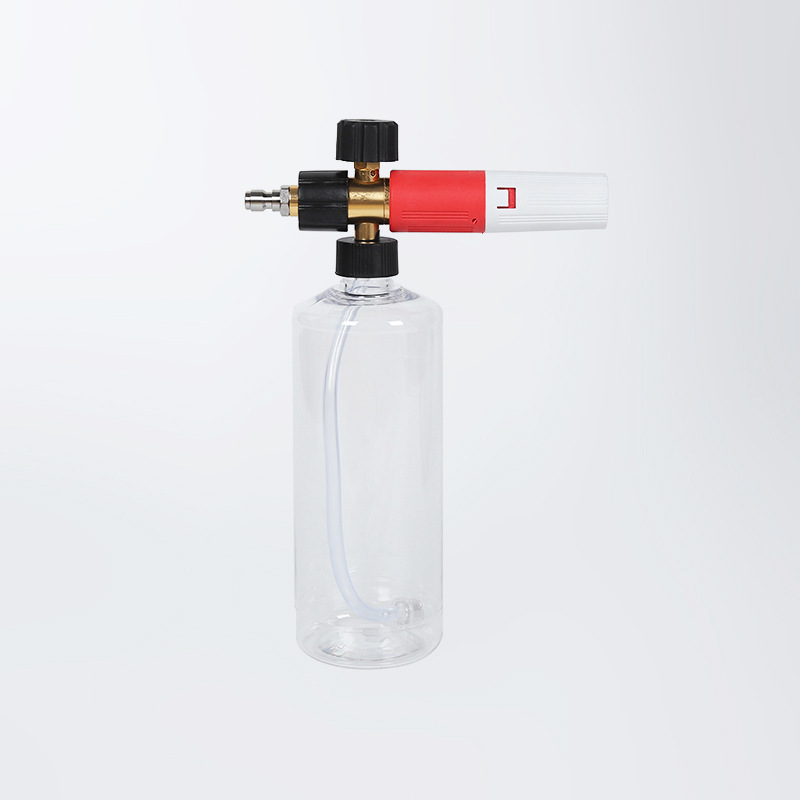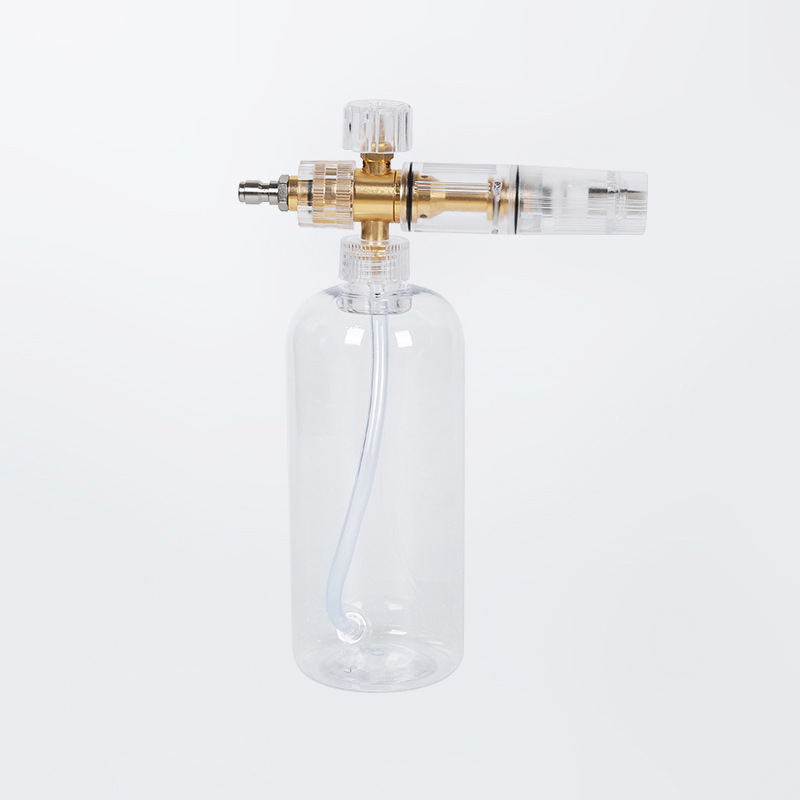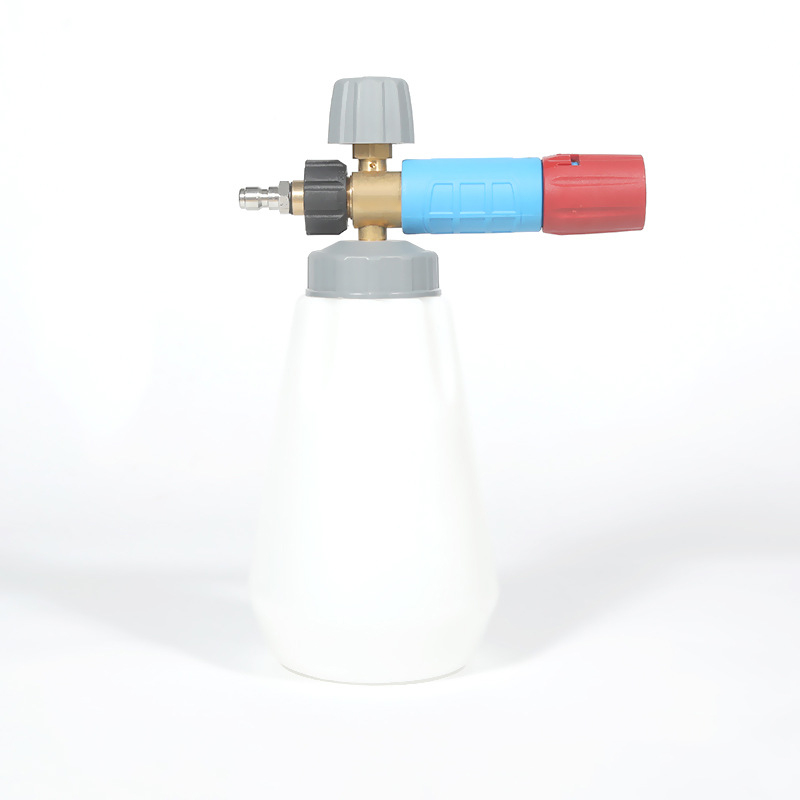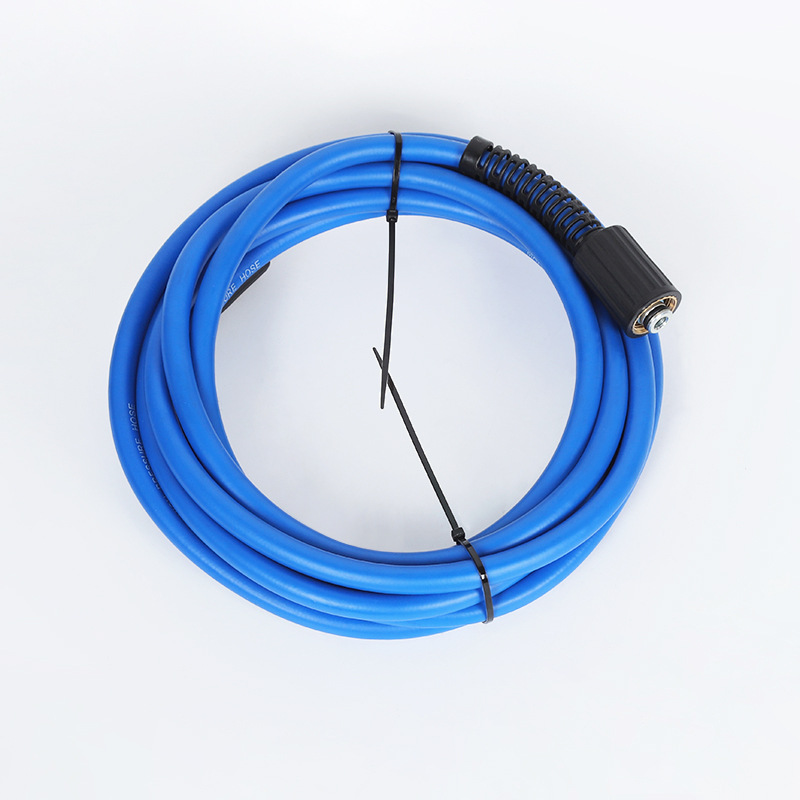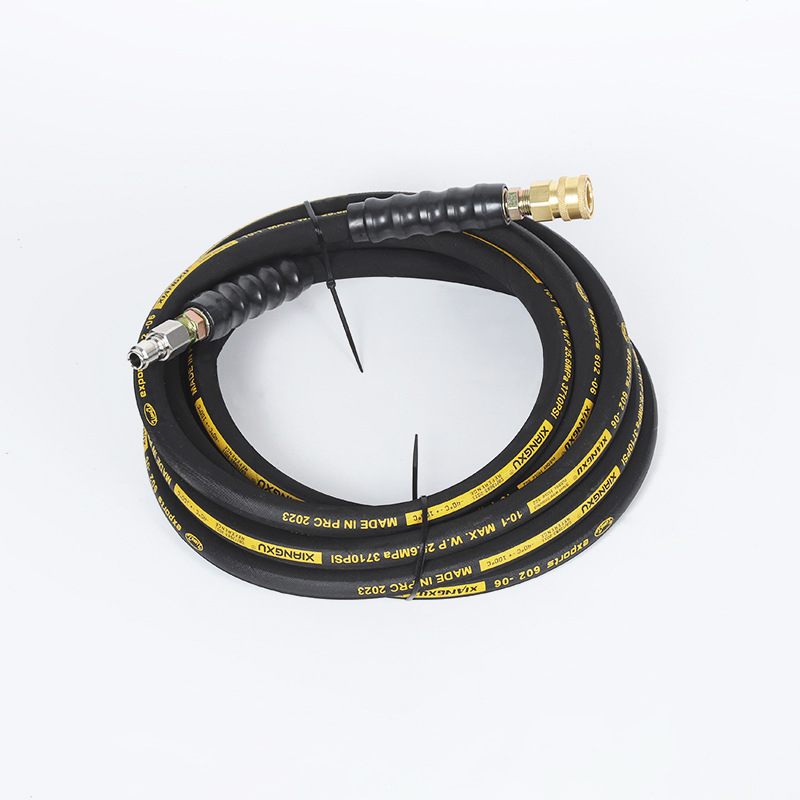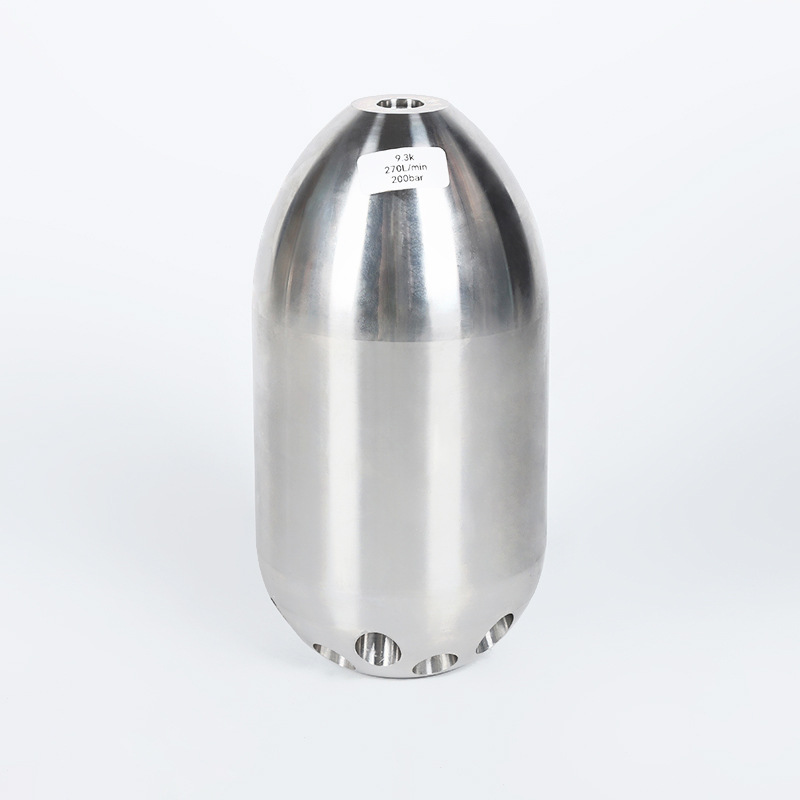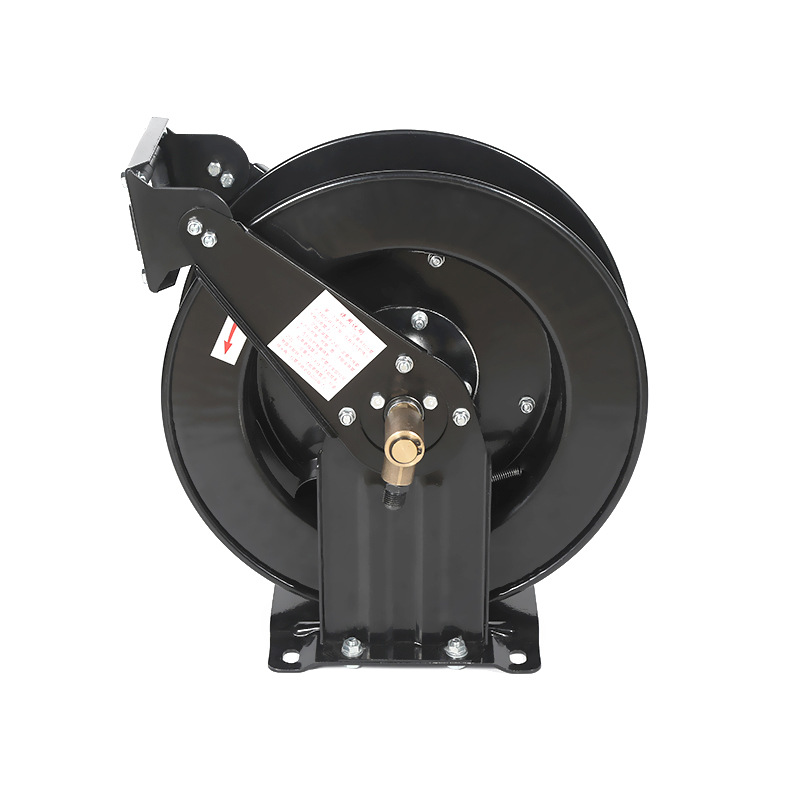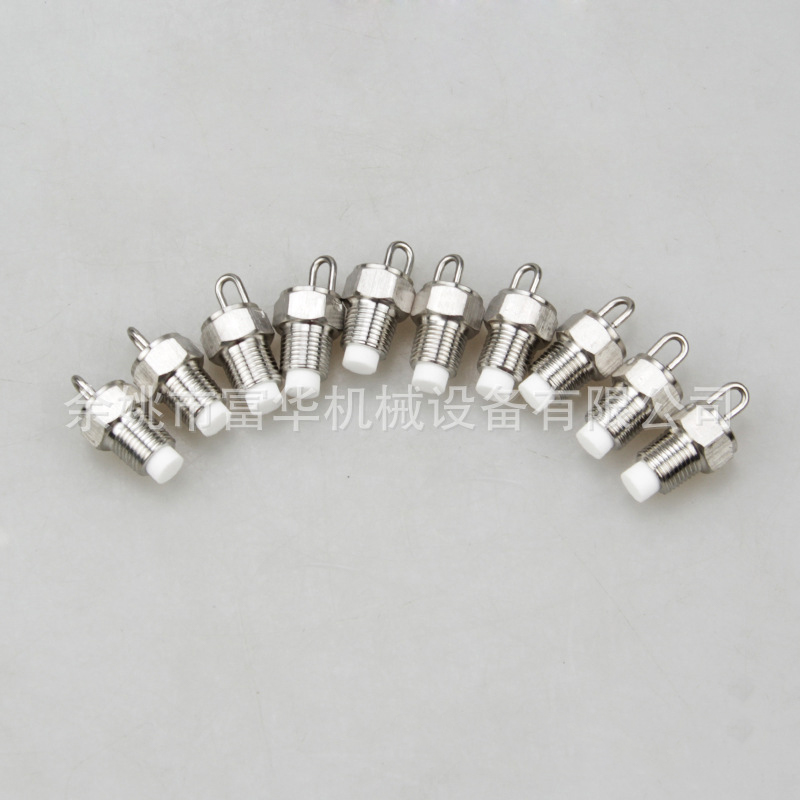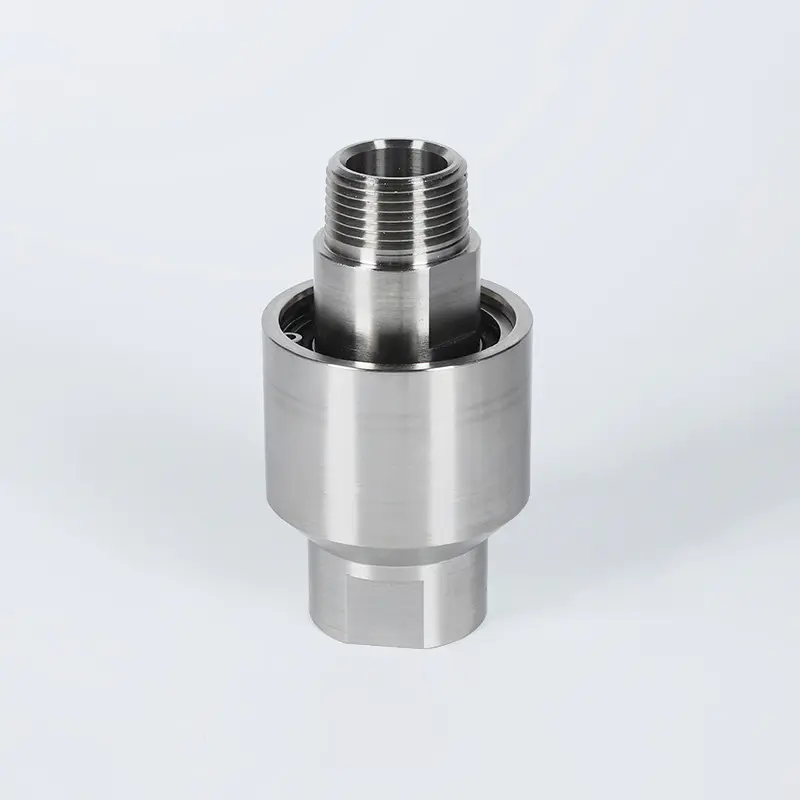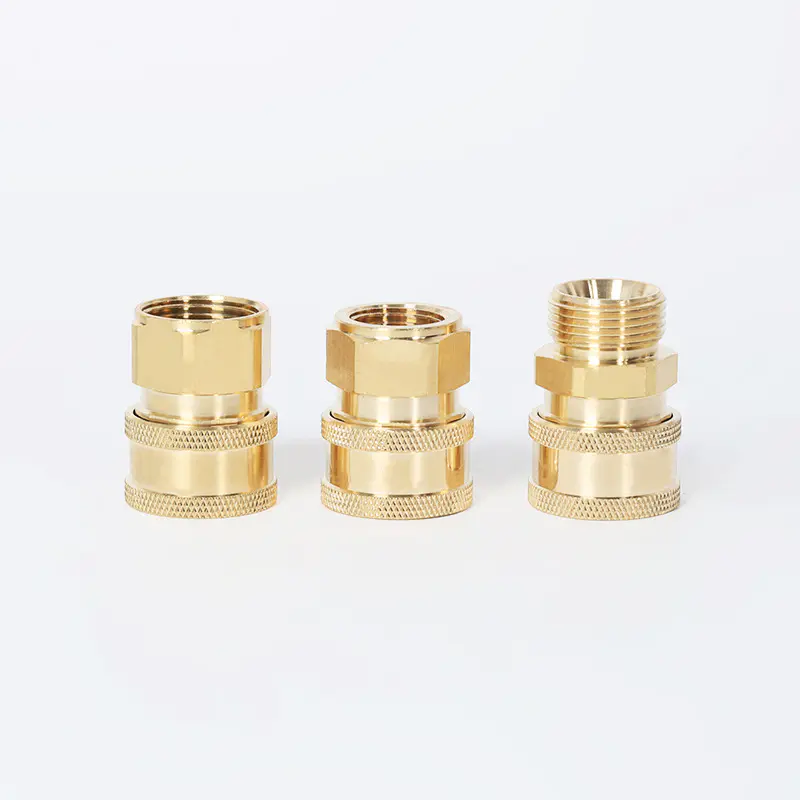The Role of Foam Tanks in High-Pressure Cleaning Systems
A foam tank is a common auxiliary accessory for high-pressure washers, primarily used to spray detergent foam during the cleaning process, enhancing cleaning effectiveness. It connects to the water flow of the high-pressure washer and, through the mixing of water and air, transforms the detergent into a dense foam that is sprayed onto the surface being cleaned. This operating mode prolongs the contact time between the detergent and dirt, helping to improve cleaning efficiency. Within the system, the foam tank acts as an additional fluid channel, affecting both water flow and pressure distribution. Therefore, whether it increases the pressure burden on the equipment is a key concern for users.
How the Pressure System of a High-Pressure Washer Works
A high-pressure washer uses a motor-driven high-pressure pump to boost low-pressure water to high pressure, spraying a powerful stream through the spray gun and nozzle to achieve a cleaning effect. During this process, the pressure control system within the equipment maintains stable water flow and pressure. The addition of any additional device, such as a foam tank, will alter the water flow resistance and pressure distribution to some extent. Therefore, understanding the operating logic of the pressure system is a prerequisite for evaluating the impact of the foam tank on the pressure burden. High-pressure pumps and piping typically have a certain degree of pressure redundancy, but continuous additional resistance can increase the pump's workload and impact its long-term service life.
The Direct Impact of Foam Tanks on Pressure
During operation, foam tanks redistribute the water flow, causing some of the water to mix with the detergent and be sprayed out as foam. This process increases flow resistance within the system, potentially slightly increasing the pump's workload for a short period of time. However, this increase is generally within the design tolerances of the equipment and does not significantly increase the pressure. Most foam tanks for high-pressure washers are designed by the manufacturer to ensure effective foaming while keeping the additional pressure within a safe range. Therefore, under normal use, this does not cause a noticeable burden.
Differences Between Different Foam Tank Types
Different foam tank designs have different effects on the pressure of the washing machine. For example, larger foam tanks require more liquid to flow, resulting in greater fluid resistance, which may slightly increase system pressure. Smaller foam tanks or models with built-in regulating valves provide better flow control, reducing the impact on the pump. Furthermore, the nozzle size and internal structural design also directly affect the water flow resistance. For example, a narrow-diameter nozzle will cause greater pressure fluctuations, while a large-diameter nozzle will help maintain smooth water flow. Therefore, choosing a foam tank that matches the equipment is particularly important for controlling pressure load.
The Impact of Frequency and Duration of Use on Equipment
If the foam tank is used only occasionally in specific cleaning scenarios, the impact on the pressure system load of the high-pressure washer will be relatively limited. However, if used continuously for extended periods, especially at high pressure settings, the additional load on the pump and piping will increase, potentially accelerating wear on equipment components. Therefore, when using a foam tank, the cleaning time should be appropriately controlled, and the equipment should be allowed to cool down properly after extended periods to avoid component wear due to excessive load.
The Importance of Manufacturer Design and Matching
Most high-pressure washer manufacturers consider pressure system compatibility when designing their foam tanks, ensuring that the device's use does not exceed the equipment's capacity. This matching design is reflected not only in the interface specifications but also in aspects such as nozzle flow rate, internal structure, and material pressure resistance. Selecting non-genuine accessories may result in a mismatch with the equipment, increasing pressure load and even risking leaks or pump damage. Therefore, it is recommended that users prioritize genuine or certified accessories that match the model of the washer to ensure safe and stable operation.
How to Reduce the Impact of Foam Tanks on the Pressure System
In practice, the following methods can be used to reduce the impact of foam tanks on the pressure system of high-pressure washers: First, choose the appropriate nozzle diameter and avoid using narrow nozzles with excessive resistance. Second, control the frequency of foam tank use to avoid prolonged continuous operation. Third, regularly clean the interior of the foam tank to prevent impurities from accumulating and increasing flow resistance. Additionally, gradually adjusting the pressure before and after high-pressure operation can reduce system shock and reduce the risk of wear on the pump and piping.
Evaluating the Pressure Burden of Foam Tanks on Washers
| Influencing Factors |
Characteristics |
Impact Level on the Pressure System |
| Foam Tank Capacity |
Larger capacity requires more water flow, increasing resistance |
Medium |
| Nozzle Diameter |
Smaller diameter increases water flow resistance; larger diameter provides smoother flow |
Medium to High |
| Usage Frequency & Duration |
Continuous long-term use increases pump workload |
High |
| Accessory Compatibility |
Original or certified accessories have lower impact; mismatched accessories may increase risk |
High |
| Cleaning & Maintenance Status |
Proper cleaning ensures smooth flow; blockages increase resistance |
Medium |
User Considerations When Selecting and Using Foam Tanks
When selecting a foam tank, users should fully consider the rated pressure and flow rate of the washing machine and avoid selecting accessories that exceed the equipment's capacity. During use, it is recommended to gradually increase the foam spray pressure to avoid sudden high loads that may shock the pump. Additionally, regularly inspecting the foam tank's connections and internal structure to ensure they remain unobstructed will help reduce system stress and extend the equipment's lifespan.





